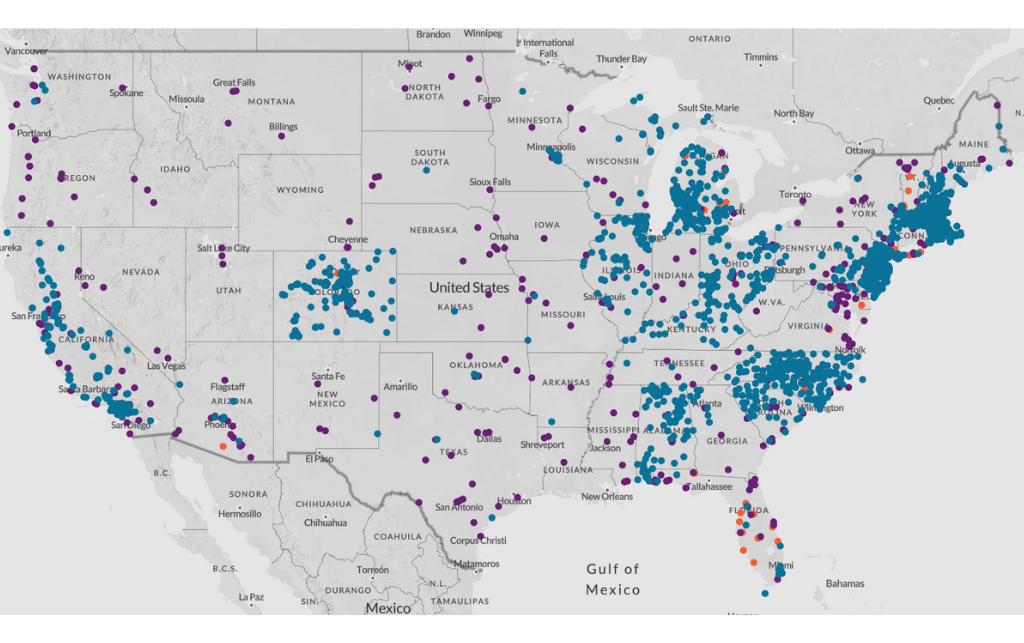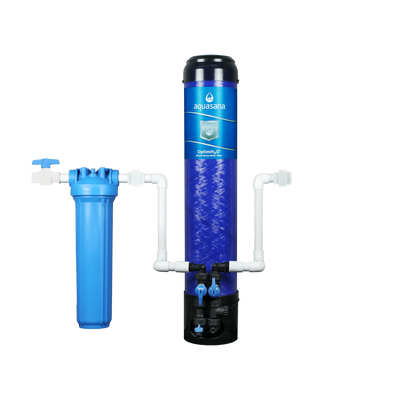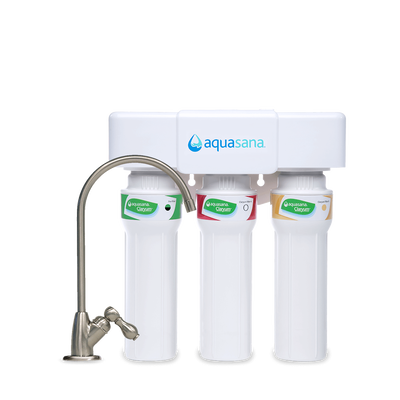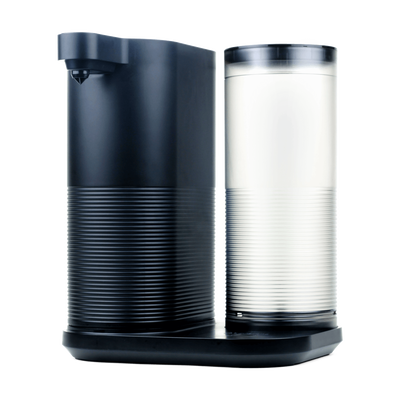The 2006 EPA Global Stewardship Program
In 2006, the EPA invited eight leading companies in the PFAS industry to join a Global Stewardship Program, which resulted in the completion of two goals in the USA:
- A 95% reduction in PFOA emissions and product content by 2010
- The elimination of these chemicals in products and from emissions by 2015
All companies concerned indicated that they have met the EPA’s Stewardship Program goals, but that doesn’t mean this harmful contaminant isn’t still present and causing problems.
The 2016 EPA Lifetime Health Advisory
In 2016, The EPA established a Lifetime Health Advisory (LHA) of 70 parts-per-trillion (ppt) for the PFAS PFOA and PFOS. That’s a number that may not make a lot of sense to the average person, but what’s important to note is that LHA’s are NOT drinking water standards.
According to the EPA, “Unlike drinking water standards, health advisories are not regulations, are not legally enforceable, and are subject to change as new information becomes available. However, they reflect our assessment of the current peer-reviewed science on the health effects for particular contaminants, and they provide important uniform technical guidance to state, local and tribal governments and drinking water system operators so that they can determine if concentrations of chemicals in tap water from public utilities are safe for drinking and other use.”
Basically, even if a water supply has some level of PFAS (including levels that exceed federally recommended levels), there are no federal laws that require water supplies to address the issue. As a result, the handling of PFAS regulations remains in the hands of individual states. As of this writing, roughly less than half of all states have set PFAS drinking water regulations, and those that have done so have adopted a variety of standards above, at, and below 70 ppt.
The 2022 Updated EPA Interim Lifetime Health Advisory
On June 15th, 2022, the EPA issued an updated LHA, which significantly reduced the acceptable amount of four types of PFAS found in drinking water from 70 ppt, including the newly added Gen X Chemicals and PFBS.
The EPA also announced that it is “inviting states and territories to apply for $1 billion – the first of $5 billion in Bipartisan Infrastructure Law grant funding – to address PFAS and other emerging contaminants in drinking water, specifically in small or disadvantaged communities.”
This updated LHA faces the same restrictions as the 2016 LHA: it is currently legally unenforceable. Until Maximum Contaminant Levels (MCLs) are set for PFAS compounds, the handling of PFAS regulations still remains in the hands of individual states.
Pending: National Primary Drinking Water Regulation Proposal
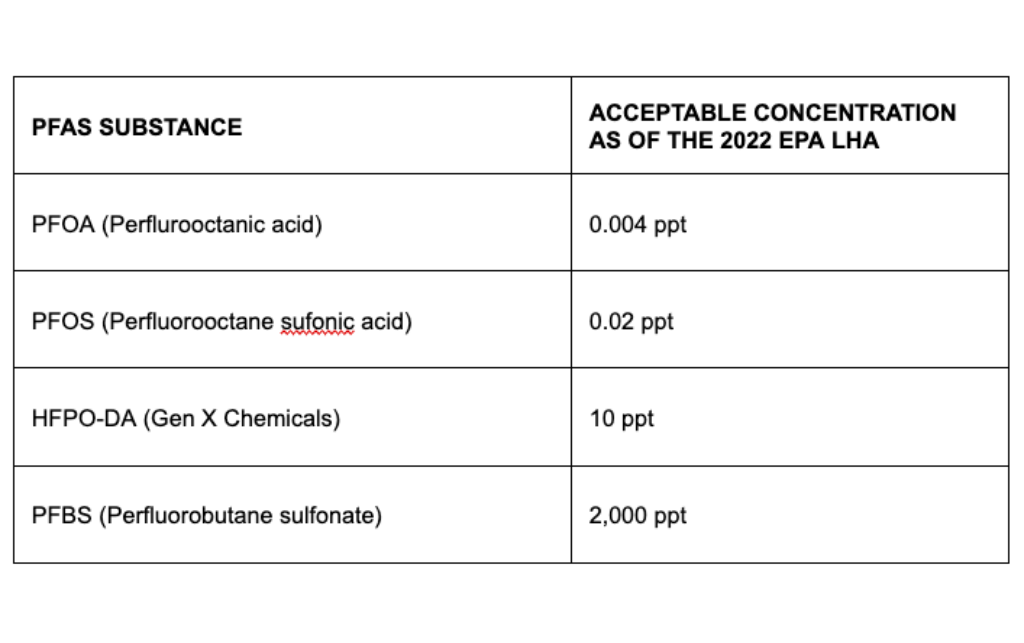
In their 2021-2024 strategic roadmap, the EPA has stated that it hopes to set MCLs for PFOA and PFOS by the fall of 2023. These MCLs would be proposed in a National Primary Drinking Water Regulation (NPDWR) and be in accordance with the Safe Drinking Water Act (SDWA). If and when proposed regulations were to pass, the entire country would need to evaluate the concentration of PFAS and implement strategies for treatment in all public water systems.
It’s important to note that the PFAS roadmap is fairly aggressive in scope and that delays should be expected. In the meantime, the best way to ensure your drinking water is safe right now is to utilize a water filter that removes harmful PFAS chemicals.
How to remove PFAS chemicals at home
Once you’re aware of PFAS and the effects they can have on your health, it’s natural to wonder, “Is my tap water safe to drink?” Aquasana has detailed how to protect yourself from PFAS and remove PFAS from water at home before, but it bears repeating that one of the most proactive and effective things you can do to limit your PFAS exposure is to invest in a water filter that removes harmful PFAS chemicals.
Do any water filters remove PFAS?
Not all water filters will remove PFAS including PFOA and PFOS chemicals, so make sure to do research before buying and check for certifications. Look for systems that have been tested and are NSF, the Water Quality Association (WQA), or International Association of Plumbing and Mechanical Officials (IAPMO).
Regarding the NSF certifications, look especially for NSF/ANSI Standards 53 and 58, which include the formerly named NSF-P473 Standard. NSF-P473 was the first certification standard that verified a water treatment device's ability to reduce PFOA and PFOS chemicals below the 70 ppt health advisory level set by the EPA in 2016.
Note that there is not yet a water filtration standard to test and certify PFAS reduction to EPA’s 2022 Interim Lifetime Health Advisory. Until NSF updates the existing NSF/ANSI standard, the best protection for consumers is to look for water filters that have been independently tested and certified by accredited third-party labs to the current established ANSI/NSF standards for PFOA/PFOS reduction, which is the most stringent and highest level of certification in the United States.
Do Aquasana water filters reduce PFAS?
Yes. In fact, Aquasana’s filters were the first filters to ever receive NSF certification for the reduction of PFAS.
Aquasana offers several water filtration solutions for the home that have been tested and certified to NSF/ANSI Standards 53 and 58 for the reduction of PFOA/PFOS. This includes all Aquasana drinking water filters, such as our Claryum® 3-Stage Under Sink System and Countertop Clean Water Machine, which are both certified to Standard 53 for the reduction of PFOA/PFOS.
COUNTERTOP WATER FILTER
Clean Water Machine
Claryum® technology filters 78 contaminants including lead and PFAS at the push of a button. No installation.
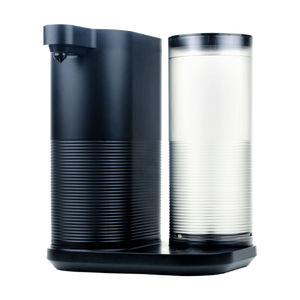
If you’re looking to reduce contaminants from every tap in your home, Aquasana’s OptimH2O® Whole House Filter is a first-of-its-kind system that reduces 98% of PFOA/PFOS, 99% of lead and cysts, 90% of chlorine and chloramines, and more.
Aquasana water filters for PFOA and PFOS
Considering investing in a PFOS and PFOA water filter? As former CEO of Aquasana Todd Bartee said when he learned that Aquasana became the first company with water filtration products certified to reduce these chemicals:
You use your tap water for everything from cooking food, washing clothes, and staying hydrated – Aquasana is here to make sure the water you use is healthy and free of harmful contaminants.
Our products are easy to install and are created with the environment in mind. Check out our wide selection of water filters to reduce the presence of PFAS, including PFOA and PFOS, in your tap water today.
